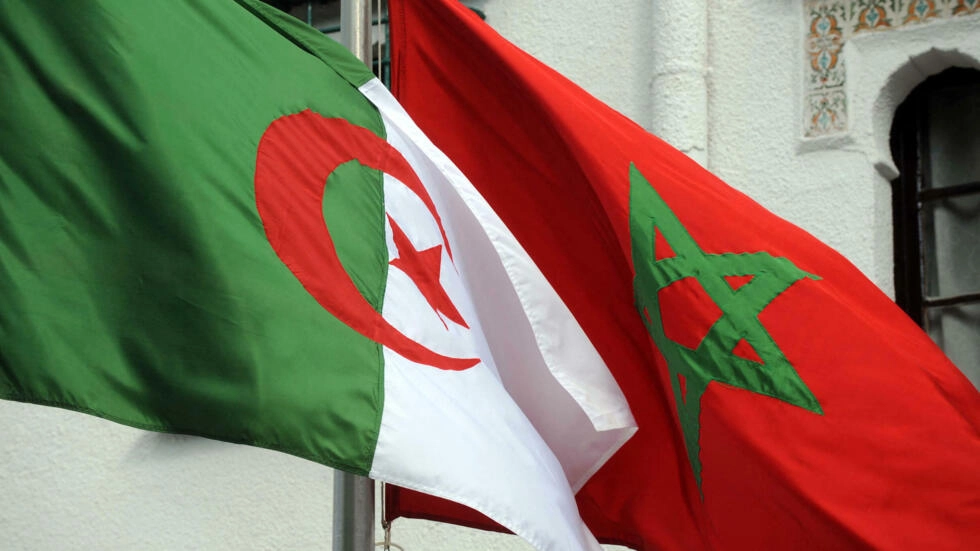Despite a difficult economic situation in 2020 due to low rainfall and the circumstances of the state of health emergency, Moroccan agriculture is able to cover the national need and meet internal demand.
In the House of Representatives, the Minister of Agriculture, Aziz Akhannouch, reassured about the needs for high consumption products in Morocco.
The Kingdom achieves a self-sufficiency rate of 65% for cereals, 47% for sugar, 100% for fruits and vegetables, red and white meats and eggs, and 99% for milk and derivatives.
Questioned on self-sufficiency in cereals, the minister explained that “to achieve this objective, we must transfer two-thirds of the irrigated area and allocate them to this crop, knowing that it does not generate high income. In the best possible way in some cases, the cultivation of cereals can generate an annual profit of 3,500 DH per hectare (to the detriment of other crops which can generate between 6,000 DH and 10,000 DH) “.
Achieving this self-sufficiency means adding 900,000 hectares of irrigated land to the current 300,000 and a loss of 20 billion DH in the total value of irrigated crops, which today represent more than double the imports of cereals and legumes, not to mention the materials whose production will stop and which will have to be imported, “he explained.
Maintain the upward trend in exports
The Kingdom has been able to maintain a sufficient production rate in 2020, to preserve the upward trend in exports, with productivity at reasonable levels, noted the Minister of Agriculture.
Indeed, fruit and vegetable exports totaled 474,900 tonnes until January 2021, up 9% compared to the previous season, said the minister.
These exports break down as follows: 260,100 tonnes of tomatoes (+ 1%), 286,300 of citrus fruits (+ 12%), 477,800 tonnes of processed agricultural products (excluding sugar and derivatives), up 12%, of which 69,800 tonnes of frozen strawberries (+ 2%), 21,200 tonnes of fruit juice and nectar (+ 28%), 813,300 tonnes of exports of fishery products (+ 7%).
The agricultural sector has managed to maintain a steady pace in terms of exports, going from 17.2 billion DH in 2010 to nearly 40 billion last season, an increase of 130%.














